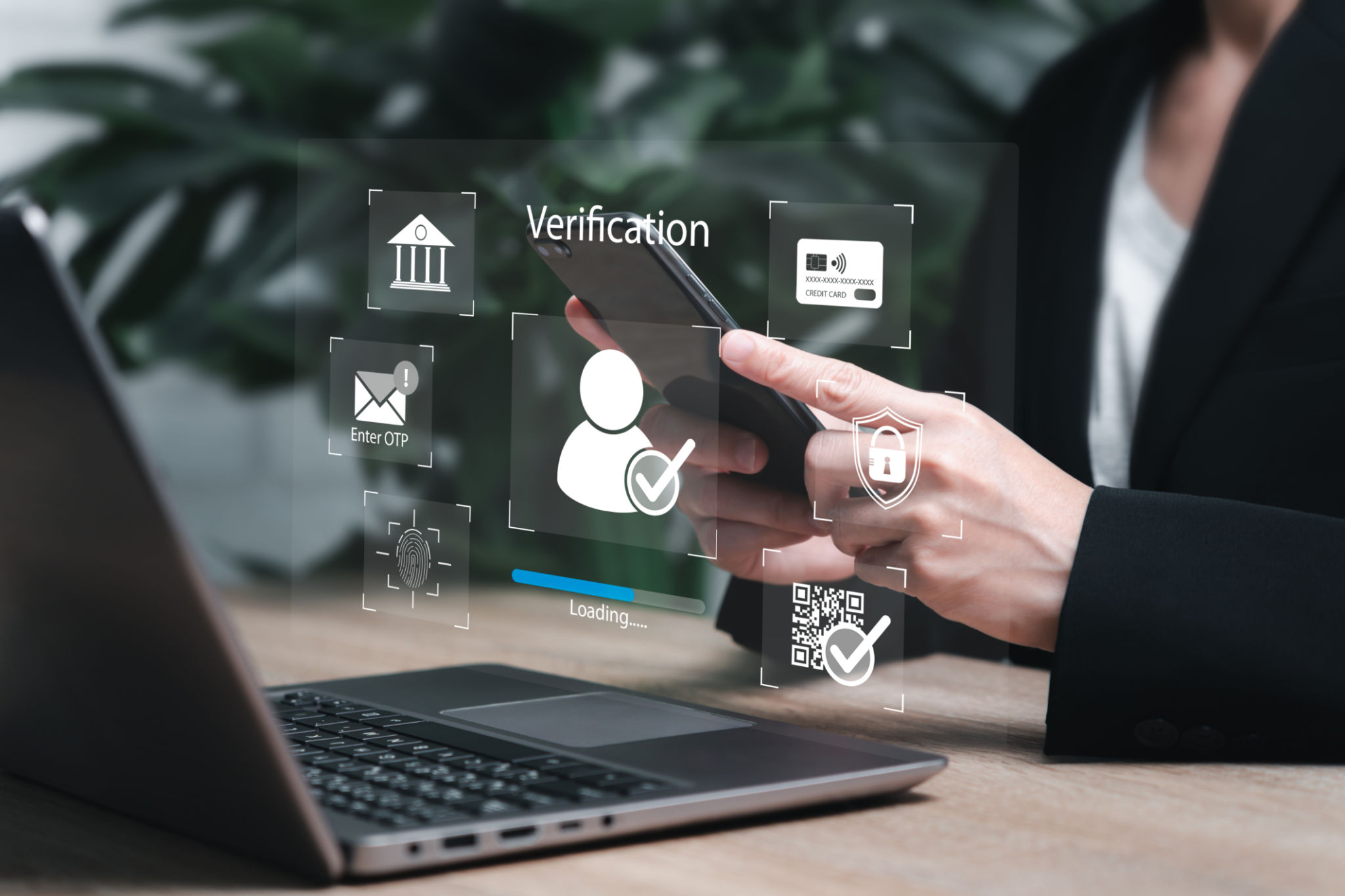How to Prepare AML/KYC Documentation for Token Projects: A Step-by-Step Guide
Understanding the Importance of AML/KYC in Token Projects
As the blockchain and cryptocurrency landscape continues to evolve, the importance of Anti-Money Laundering (AML) and Know Your Customer (KYC) regulations cannot be overstated. These processes are critical for ensuring compliance with international standards and protecting your token project from potential legal and financial penalties. By implementing comprehensive AML/KYC procedures, you can establish trust with investors and safeguard your project's long-term success.

Step 1: Identify Relevant Regulations
The first step in preparing AML/KYC documentation is to understand the specific regulations applicable to your token project. These regulations can vary significantly depending on the jurisdiction in which your project operates. Start by researching the legal requirements in your target market and consider consulting with legal experts to ensure full compliance.
Key regulations to consider include the Financial Action Task Force (FATF) recommendations, the European Union’s 5th Anti-Money Laundering Directive (5AMLD), and specific national laws that apply to your project's operations.
Step 2: Develop a Comprehensive AML/KYC Policy
Once you've identified the relevant regulations, it's time to develop a detailed AML/KYC policy. This policy should outline the procedures your project will follow to verify customer identities, monitor transactions, and report suspicious activities. Ensure that your policy includes:
- Customer identification procedures
- Ongoing monitoring and risk assessment strategies
- Reporting mechanisms for suspicious activities
- Data protection and privacy measures
Step 3: Implement Robust Verification Processes
An effective KYC process involves verifying the identity of each participant in your token project. This typically includes collecting and verifying information such as government-issued identification, proof of address, and other supporting documents. Consider using automated identity verification tools to streamline this process and enhance accuracy.

Step 4: Train Your Team
Ensuring that your team is well-versed in AML/KYC procedures is crucial for maintaining compliance. Provide comprehensive training sessions that cover the importance of these regulations, how to implement them effectively, and how to handle potential issues that may arise during the verification process.
Regular updates and refresher courses can help keep your team informed of any changes in regulations or best practices.
Step 5: Monitor and Review
AML/KYC compliance is not a one-time task but an ongoing commitment. Regularly monitor and update your procedures to align with evolving regulations and industry standards. Implement a system for continuous review of your processes, ensuring they remain effective and compliant with current laws.

Step 6: Engage with Regulatory Bodies
Maintaining open communication with relevant regulatory bodies can be beneficial for your token project. Engaging with these organizations helps you stay informed about changes in the regulatory landscape and can provide valuable insights into best practices for compliance.
Consider participating in industry forums or working groups to remain proactive in addressing any regulatory challenges that may affect your project.
Conclusion
Preparing AML/KYC documentation for token projects is a crucial step toward ensuring regulatory compliance and building investor trust. By following this step-by-step guide, you can develop a robust AML/KYC framework that supports your project's growth while mitigating legal and financial risks. Remember, thorough preparation today can safeguard your token project's future success.
